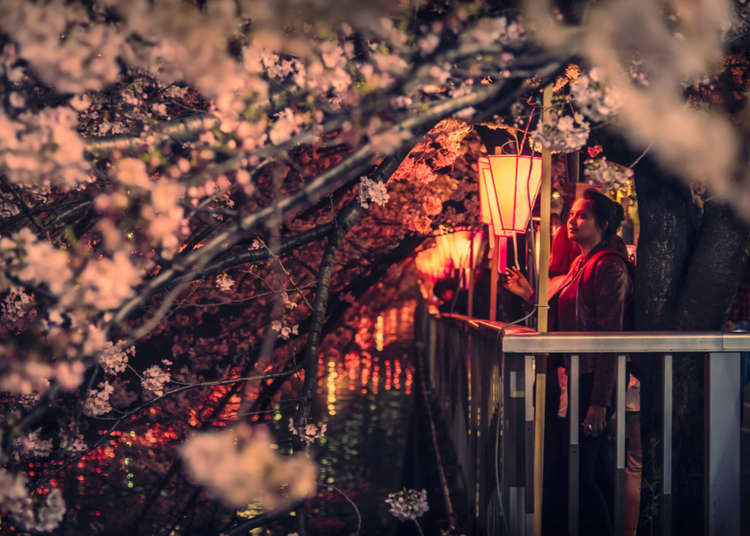
When cherry blossoms blanket Japan in a mesmerizing hue, a timeless tradition unfolds under their delicate boughs. Hanami, more than a mere floral spectacle, is a cherished rendezvous with beauty, a testament to the transient nature of life revered in Japanese culture. Imagine scenes of families, friends, and even awe-struck tourists, all united beneath the sakura's fleeting bloom, in parks and along riverbanks, where laughter and music mingle with the rustling of petals.
This tradition, deeply rooted in Japan's history and echoed in its art and literature, sees majestic trees stretching rose-tinted crowns towards the sky, their tiny petals dancing in the spring breeze. It's a sight accompanied by the tantalizing aroma of seasonal treats and the soft strumming of a distant shamisen. The sakura's ephemeral beauty, blossoming fully yet briefly, evokes a poignant awareness of life's fleeting moments.
In this article, we delve into the heart of Hanami – exploring how the Japanese celebrate this cherry blossom season, from age-old customs to contemporary festivities, from the finest viewing spots to the must-try delicacies that mark this enchanting time of year.
What is Hanami?
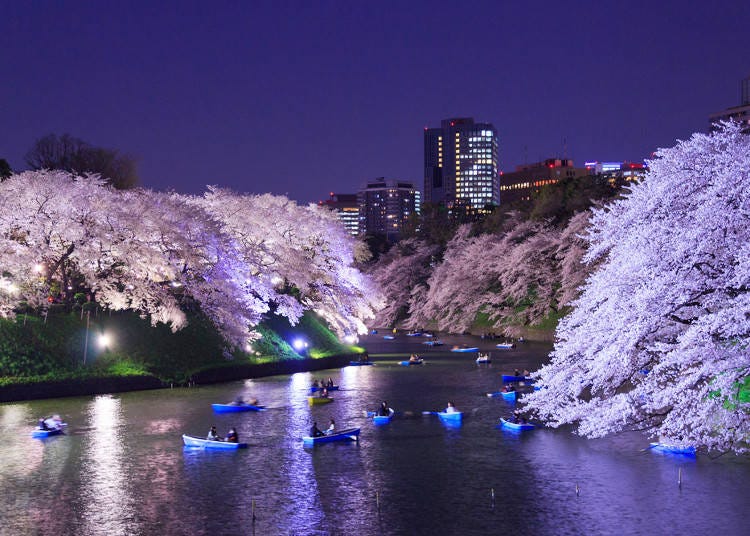
Hanami, translating to 'flower viewing' in English, is an age-old tradition far transcending its literal meaning. More than just public picnics under blossoming trees, Hanami represents a deep-seated appreciation for the fleeting beauty of nature, a theme resonating through the heart of Japanese culture. It's a time when friends and families gather, not just for merriment with food and drink, but to reflect on the ephemeral beauty of life mirrored in the cherry blossoms.
The roots of Hanami delve deep into Japan's past, tracing back to the Nara period (710-794). Originally, this tradition centered around ume (plum blossoms), a species related to plums and apricots, celebrated for their prolonged bloom from January to February. This practice, inspired by the flower viewing customs of the Chinese Tang Dynasty, initially honored the ume as a symbol of endurance and perseverance. In Chinese culture, ume holds a revered place, much like sakura in Japan, with its essence captured in poetry, philosophy, and literature.
However, as the tradition took root in Japan, the unique charm of sakura - the cherry blossoms - quickly captivated the Japanese ethos. Unlike the enduring ume, sakura blossoms emerge in a fleeting burst of beauty, lasting only for a week or two at most. This transience resonated with the Japanese aesthetic and philosophical concept of 'mono no aware', the poignant awareness of the impermanence of things. Hence, what began as an admiration of ume evolved into a profound celebration of sakura, embodying the delicate balance between the joy of life's beauty and the melancholy of its transient nature.
Today, Hanami is not only a time for leisurely picnics but a period of reflection and appreciation, where the delicate sakura blossoms remind us of life's fleeting moments. This seamless blend of historical tradition with contemporary celebration continues to make Hanami an integral and cherished part of Japanese culture.
How to Hanami: Appreciation of Sakura Bloom
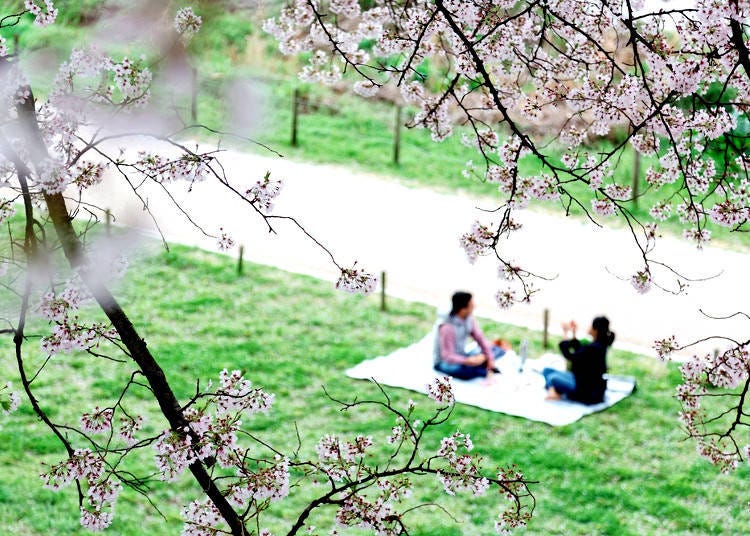
Hanami literally translates to "flower watching" and is an annual celebration of Sakura and springtime. People gather around cherry blossom trees with family and friends to enjoy delicious drinks and food under the beautiful pink trees, often with the petals gently snowing from the branches when in full bloom.
Want to participate in this exciting tradition? While hanami can consist of one person having a drink under a sakura tree, a few preparations for bigger parties can make the event much more enjoyable. Many hanami supplies can easily be found at 100 yen shops.
What to Bring to a Hanami Party

- Tarp/Picnic Sheet - Different sizes are available depending on your group size.
- Disposable plates, cups, utensils - Hanami is a picnic; after all, these will help share your food and drinks.
- Garbage bags - While hanami is an occasion to enjoy, following the rules of the park or area is important. Make sure to clean up after yourselves once the part is over.
- Paper towels and wipes - There is bound to be a spill sometime during the hanami, be ready to clean things up.
- Kairo - With the hanami season beginning from March, temperatures may not quite be warm yet. Japan's convenient heat packs can keep you warm while you enjoy your time.
- Food and drinks - Many parks and streets usually have vendors selling drinks and treats, but buying food and drinks beforehand can save some money for those on a budget.
Helpful Tips for a Perfect Hanami Party
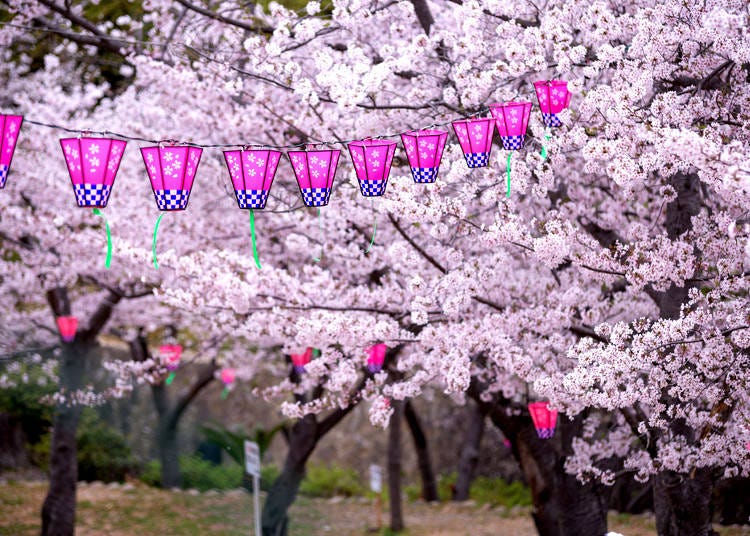
To fully immerse yourself in the Hanami experience, a little preparation and understanding of local customs are key. In popular parks like Ueno or Yoyogi, competition for the prime spots under the cherry blossoms can be intense. It’s common for groups, especially corporate teams, to delegate a junior member to reserve a spot early in the morning by placing a tarp. This practice, while unique, is a testament to the importance of Hanami in both social and corporate circles in Japan.
When planning your Hanami outing, consider exploring a mix of well-known parks and hidden gems. Local neighborhoods often have beautiful, less crowded spots, offering a more intimate experience with the blossoms.
Here are some essential tips for your Hanami party.
- Do not stay close to the walkway. This is especially true for famous parks like Yoyogi and Ueno: the crowd is usually huge and one can be easily overwhelmed by the masses of people.
- Do not stay close to trash cans. Even if it might be fine in the morning, the smell will become quickly unbearable, especially on sunny days. Also, some sites do not have garbage bins. In that case, take your garbage when you leave and dispose of it at home.
- Look for a nearby toilet beforehand, and be sure to line up early. The waiting time can sometimes be more than 30 minutes.
- Bring warmer clothes. The weather can still feel quite chilly, especially at the end of the day, when night falls.
The Philosophy of Cherry Blossoms
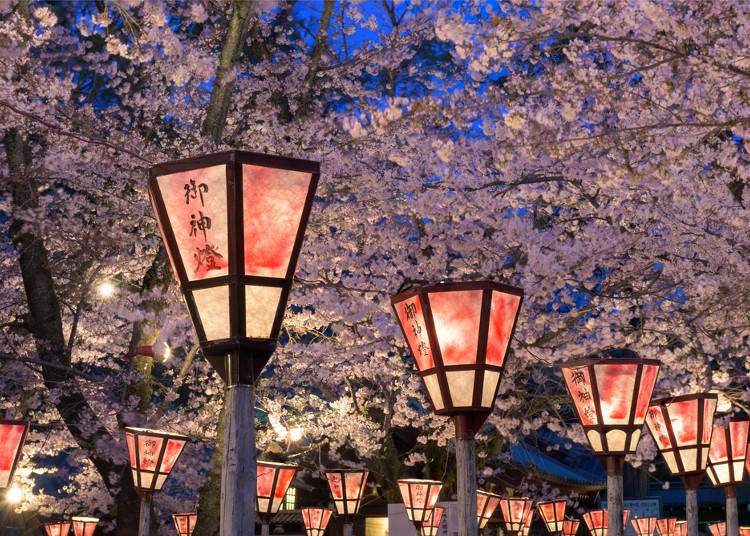
What distinguishes the sakura from the blossoming ume or wisteria? It is the haunting brevity of its bloom. As the sakura flowers reach their peak, a gust of wind is enough to start a cascade of petals, a poignant reminder of the transient nature of beauty and life itself. This ephemeral spectacle, where the ground becomes a carpet of pale pink petals, embodies the essence of 'mono no aware' - a sensitivity to the ephemeral, celebrating the bittersweet awareness of impermanence.
In Japanese culture, the sakura is not just a harbinger of spring; it's a metaphor for life's fleeting moments. This acceptance of transience, a fundamental aspect of the philosophy behind sakura, resonates deeply in the Japanese soul. It’s this very sentiment that has inspired an endless array of artistic expressions - from delicate haikus capturing the fleeting beauty of a single blossom to elaborate paintings, songs, and dances celebrating the sakura season.
Moreover, the sakura's fleeting beauty is a perfect embodiment of 'wabi-sabi', the quintessentially Japanese aesthetic that finds beauty in imperfection and impermanence. Wabi-sabi is about appreciating the simple, the quiet, the less-than-perfect, and the modest - qualities embodied by the delicate and transient sakura.
As you sit under a sakura tree, you are invited to ponder life's beautiful yet transient nature. The sakura urges us to appreciate the present moment, to recognize the beauty in impermanence, and to reflect on our own existence. During your hanami experience in Japan, we encourage you to embrace this 'wabi-sabi' moment - a time to reflect, appreciate, and accept the natural cycle of growth, decay, and death, just as the sakura gracefully does each spring.
- Category
*Prices and options mentioned are subject to change.
*Unless stated otherwise, all prices include tax.
Popular Tours & Activitiess
Recommended places for you
-

Kambei Sannomiyahonten
Yakiniku
Kobe, Sannomiya, Kitano
-
Appealing

Rukku and Uohei
Izakaya
Sapporo / Chitose
-
Goods

Yoshida Gennojo-Roho Kyoto Buddhist Altars
Gift Shops
Nijo Castle, Kyoto Imperial Palace
-

Kanzenkoshitsuyakinikutabehodai Gyugyu Paradise Sannomiya
Yakiniku
Kobe, Sannomiya, Kitano
-

Jukuseiniku-to Namamottsuarera Nikubaru Italian Nikutaria Sannomiya
Izakaya
Kobe, Sannomiya, Kitano
-

ISHIDAYA Hanare
Yakiniku
Kobe, Sannomiya, Kitano
-

Enjoy Japan's Gorgeous Winter Lights! Ride the Romancecar to Shonan no Hoseki Illumination
by: Guest Contributor
-

Simply Oishii Wagashi School Discover Japanese Culture Through Wagashi: A Hands-On Experience!
by: Guest Contributor
-

New Seibu L00 Series Launching in 2026! What to See Along the Tokyo-Area Golden Route
by: Guest Contributor
-

A Travel Game Changer! Go Hands-Free Between Tokyo and Kyoto with LUGGAGE EXPRESS by JTB and JR Tokai
by: Guest Contributor
-

The Best Japanese Food Representing 2025! 'Dish of the Year®' Annual Award Results Announced
-

Tokyo City Pass Upgrade: Harry Potter Studio Tour & Top Sights up to 85% Off
by: Guest Contributor
-

Weird Ways Japan's Cherry Blossom Season Amazed Canadians - 'I Will Never Forget That Scene!'
-

Top 10 Places in Aomori to See the Cherry Blossoms in 2025
by: Alexander Litz
-

Japan's Mystical Island: 7 Tips for Visiting Hokkaido in Spring
-

Because Tokyo is Too Crowded: 15 Cherry Blossom Spots in Tohoku, Northern Japan (Blooming: Late April 2025)
-

Michelin Star Restaurants & More: 3 Best Okonomiyaki Shops in Dotonbori Osaka
-

Visiting Japan's Miffy Cafe Will Make Your Heart Melt (Photos)
- #best sushi japan
- #what to do in odaiba
- #what to bring to japan
- #new years in tokyo
- #best ramen japan
- #what to buy in ameyoko
- #japanese nail trends
- #things to do japan
- #onsen tattoo friendly tokyo
- #daiso
- #best coffee japan
- #best japanese soft drinks
- #best yakiniku japan
- #japanese fashion culture
- #japanese convenience store snacks












